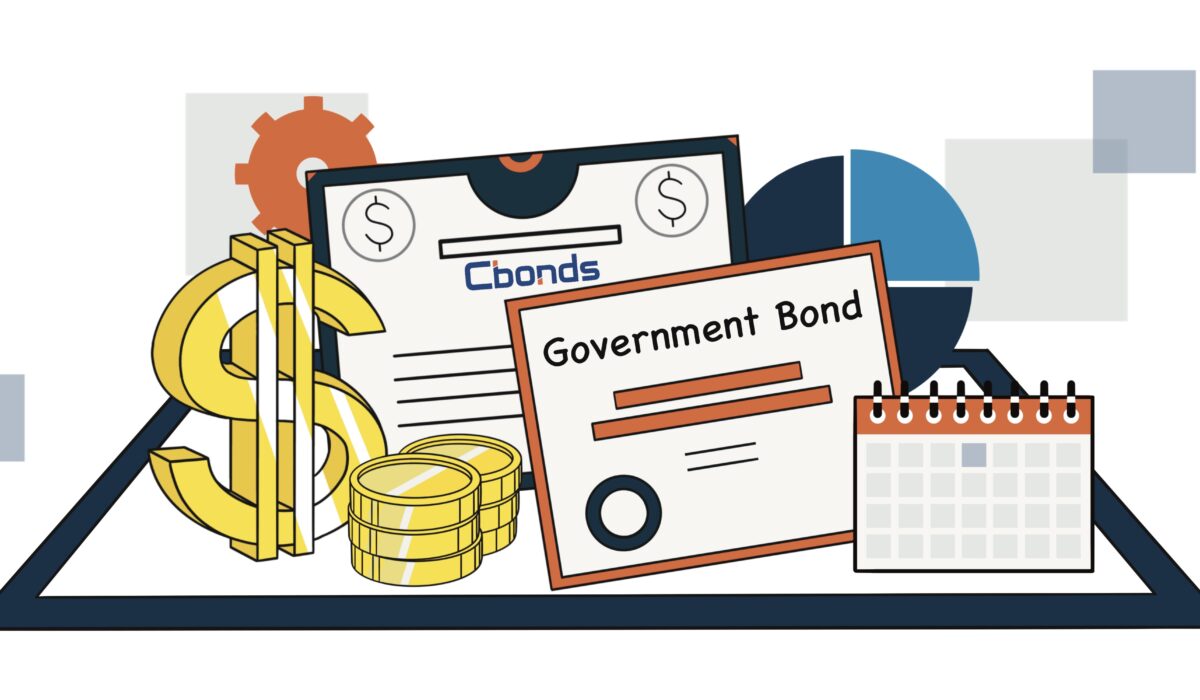What are government Bonds and what’s the process of Trading Bonds on the Secondary Market
What are government Bonds and what’s the process of Trading Bonds on the Secondary Market
Government bonds, also known as sovereign bonds or treasury bonds, are debt securities issued by a government to finance its activities, pay off debts, or fund projects. They are considered a low-risk investment, backed by the credit and taxing power of the issuing government. In Uganda Government Bonds are issued by the Bank of Uganda, Maturities range from 3 months to 20 years. Interest rates vary depending on market conditions and the central banks monetary actions.
Definitions:
Secondary Market: A market where existing securities, such as bonds, are bought and sold among investors.
Bond: A fixed-income security representing a loan from an investor to a borrower (issuer).
Face Value (Par Value): The bond’s original issue price, usually Ugx 1,000 or Ugx 100.
Coupon Rate: The interest rate paid periodically to bondholders.
Maturity Date: The date when the bond expires, and the issuer repays the face value.
Market Price: The current price of the bond in the secondary market.
Types of Government Bonds:
Treasury Bills (T-Bills): Short-term bonds with maturities ranging from 3 months to 1 year
Treasury Bonds (T-Bonds): Long-term bonds with maturities exceeding 10 years.
Characteristics:
Fixed income: Regular interest payments.
Low risk: Backed by government credit.
Liquidity: Easily tradable.
Tax benefits: Interest income may be tax-exempt.
How to Invest:
A) Primary market: Buy directly from the government through auctions.
B) Secondary market: Buy from existing holders through primary dealers. (commercial banks)
A simple illustration of how Bonds are traded on the Secondary market.
Bond Details:
Face Value: ugx1,000
Coupon Rate: 5%
Maturity Date: 5 years
Issuer: Government of Uganda
Initial Issue:
Ugandan government issues the bond at face value (UGX1,000) to raise capital.
Secondary Market Transaction:
1. Seller (Investor A): Buys the bond at issuance (ugx 1,000) and holds it for 2 years.
2. Buyer (Investor B): Wants to buy the bond from Investor A.
Market Price Determination:
Market conditions: Interest rates have decreased since issuance.
Bond price increases due to higher demand.
Market Price: $1,050 (premium to face value)
Transaction:
Investor A sells the bond to Investor B for ugx 1,050.
Investor B earns the remaining 3 years of coupon payments (5% x ugx 1,000 = ugx 50/year).
Yield to Maturity (YTM)
Investor B’s YTM: 4.5% (lower than coupon rate due to premium purchase)
An Understanding of the Coupon Rate vs. Yield to Maturity (YTM):
Coupon Rate:
1. The interest rate paid periodically (e.g., semi-annually or annually) to bondholders.
2. Fixed rate, set at issuance.
3. Expressed as a percentage of the bond’s face value (par value).
4. Represents the annual interest payment.
Example: ugx1,000 bond with 5% coupon rate pays ugx50 annual interest.
Yield to Maturity (YTM):
1. The total return on investment, including interest payments and capital gains/losses.
2. Reflects the bond’s market price and expected return.
3. Takes into account compounding interest.
4. Expressed as a percentage.
Example: ugx1,000 bond with 5% coupon rate, purchased at ugx950, YTM = 5.55%.
Key differences:
1. Fixed vs. Dynamic: Coupon rate is fixed, while YTM changes with market conditions.
2. Interest Payment vs. Total Return: Coupon rate represents interest payments, while YTM reflects total return.
3. Face Value vs. Market Price: Coupon rate is based on face value, while YTM considers market price.
Relationship between Coupon Rate and YTM:
1. When market price = face value, YTM = Coupon Rate.
2. When market price < face value (discount), YTM > Coupon Rate.
3. When market price > face value (premium), YTM < Coupon Rate.
In summary, Coupon rate represents periodic interest payments. While Yield to Maturity (YTM) reflects total return, including interest and capital gains/losses.
.



